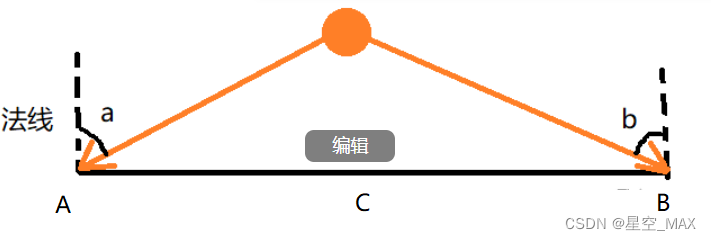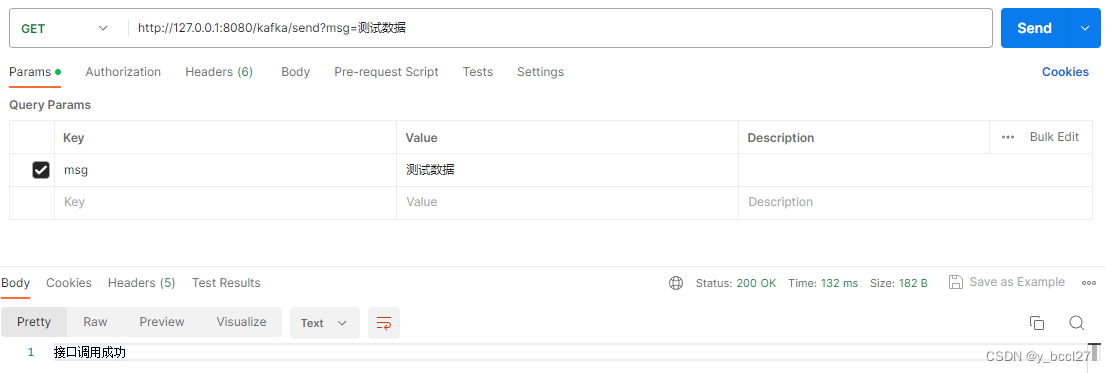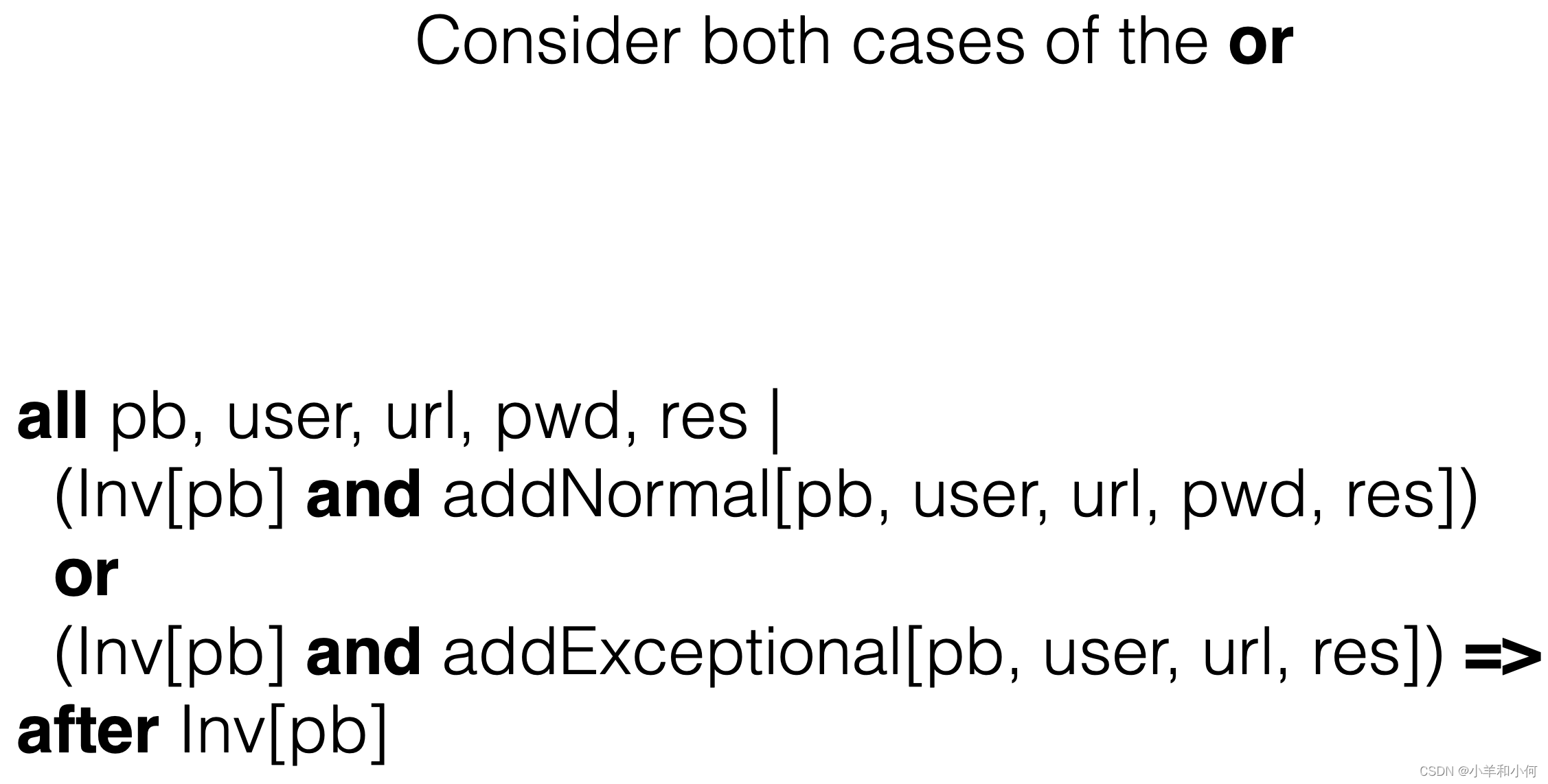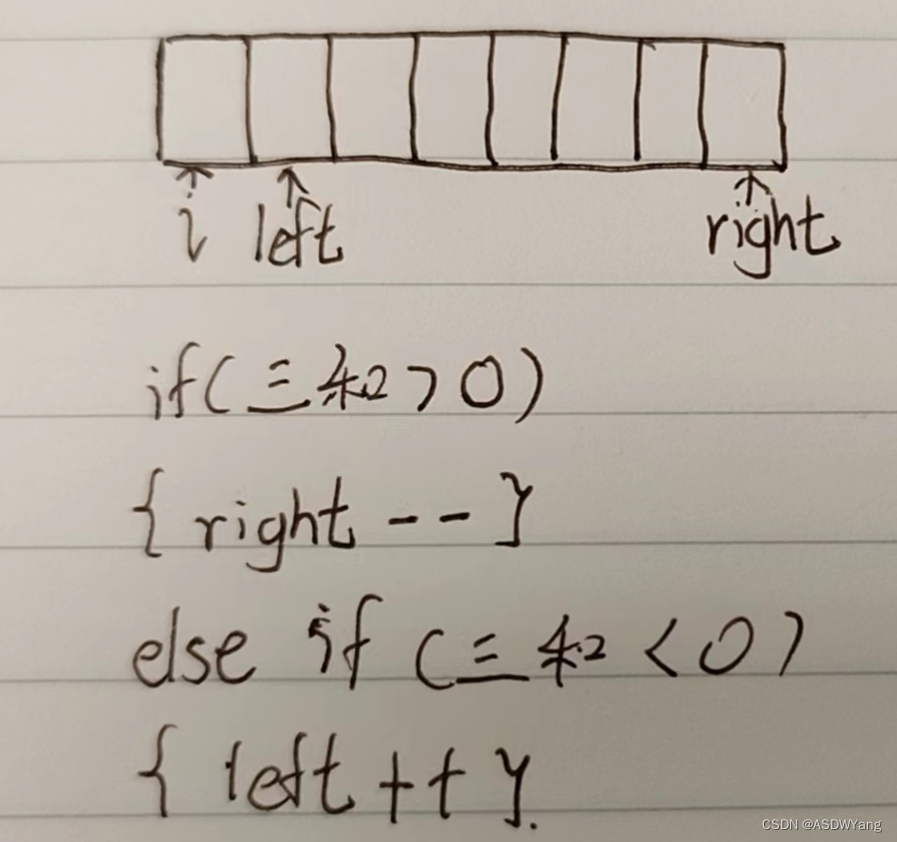二叉搜索树的最近公共祖先
题目链接:力扣
其实可以用之前普通二叉树最近公共祖先的算法。但是这样没有很好的利用二叉搜索树是有序的性质。
TreeNode* lowestCommonAncestor1(TreeNode* root, TreeNode* p, TreeNode* q) {
if(!root || root == p ||root==q) return root;
TreeNode* left = lowestCommonAncestor1(root->left,p,q);
TreeNode* right = lowestCommonAncestor1(root->right,p,q);
if(left && right) return root;
else if(!left && right) return right;
else if(left && !right) return left;
else return NULL;
}因为是有序树,所有 如果 中间节点是 q 和 p 的公共祖先,那么 中节点的数组 一定是在 [p, q]区间的。即 中节点 > p && 中节点 < q 或者 中节点 > q && 中节点 < p。
那么只要从上到下去遍历,遇到 cur节点是数值在[p, q]区间中则一定可以说明该节点cur就是q 和 p的公共祖先,且一定是最近公共祖先!
TreeNode* lowestCommonAncestor2(TreeNode* root, TreeNode* p, TreeNode* q)
{
if(!root) return NULL;
if(root->val > p->val && root->val > q->val)
{
TreeNode* left = lowestCommonAncestor2(root->left,p,q);
if(left != NULL) return left;
}
if(root->val < p->val && root->val < q->val)
{
TreeNode* right = lowestCommonAncestor2(root->right,p,q);
if(right != NULL) return right;
}
return root;
}本题的迭代法版本如下所示,个人认为迭代法更好理解:
TreeNode* lowestCommonAncestor(TreeNode* root, TreeNode* p, TreeNode* q)
{
while(root)
{
if(root->val > p->val && root->val > q->val)
root = root->left;
else if (root->val < p->val && root->val < q->val)
root = root->right;
else
return root;
}
return NULL;
}二叉搜索树中的插入操作
题目链接:力扣
递归法:
TreeNode* insertIntoBST(TreeNode* root, int val)
{
if(!root)
{
TreeNode* node = new TreeNode(val);
return node;
}
if(root->val > val)
root->left = insertIntoBST(root->left, val);
else if(root->val <val)
root->right = insertIntoBST(root->right,val);
return root;
}迭代:
TreeNode* insertIntoBST1(TreeNode* root, int val) {
TreeNode* cur = root;
TreeNode* node = new TreeNode(val);
if(!root) return node;
TreeNode* temp = new TreeNode();
while(cur)
{
if(cur->val < val)
{
temp = cur;
cur = cur->right;
}
else if(cur->val > val)
{
temp = cur;
cur = cur->left;
}
if(!cur)
{
if(temp->val > val)
temp->left = node;
else
temp->right = node;
break;
}
}
return root;
}
删除二叉搜索树中的节点
题目链接:力扣
删除二叉树的节点会遇到5种情况:
1、没找到要删的节点
2、删除的节点是叶子节点(左为空,右为空):直接置空
3、删除的节点左不空,右为空:让删除节点的父节点直接指向删除节点的左孩子
4、删除的节点左为空,右不空:让删除节点的父节点直接指向删除节点的右孩子
5、删除节点左不空,右不空:这种情况是最麻烦的。将删除节点的左子树放在删除节点的右子树的最左侧位置下方
例如删除7,则将7的左子树头节点5 放在 右子树最左侧节点8 的下面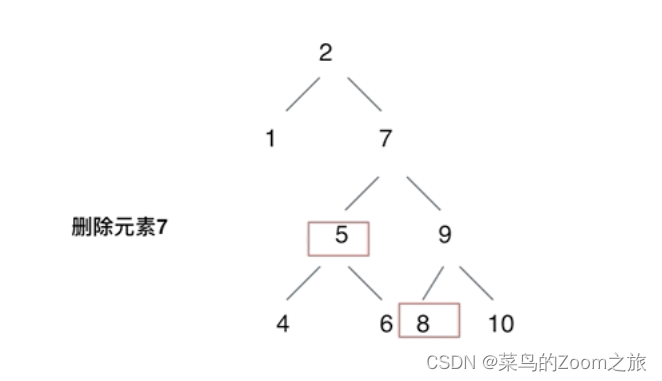
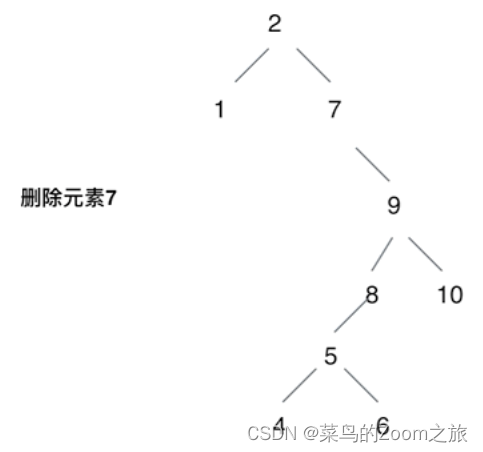
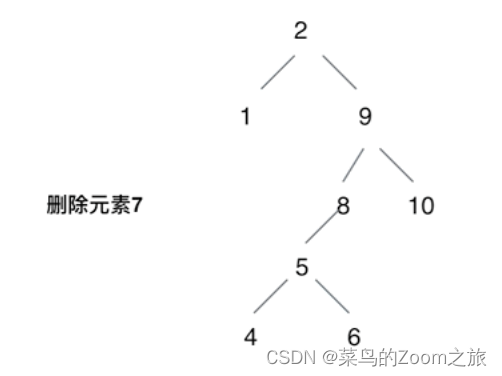
具体的递归版代码如下:
class Solution {
public:
TreeNode* deleteNode(TreeNode* root, int key) {
if(!root) return nullptr; //没找到要删除的节点
if(root->val == key)
{
if(!root->left && !root->right)
return nullptr;
else if(root->left && !root->right)
return root->left;
else if(!root->left && root->right)
return root->right;
else
{
TreeNode* cur = root->right;
while(cur->left) cur=cur->left;
cur->left = root->left;
return root->right;
}
}
if(key<root->val)
root->left = deleteNode(root->left,key);
if(key>root->val)
root->right = deleteNode(root->right,key);
return root;
}
};值得注意的是,这里的主递归函数体相当于把新的节点返回给上一层,上一层就要用 root->left 或者 root->right接住。




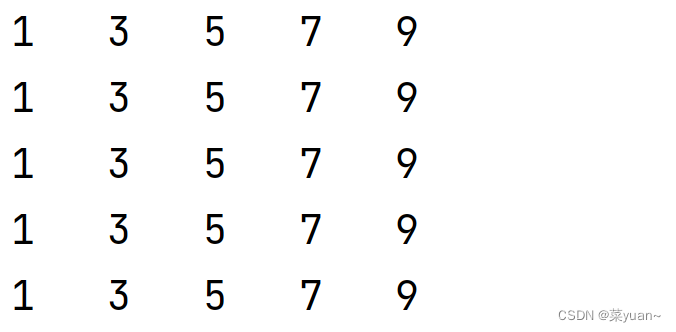
![[架构之路-202]- 常见的需求获取技术=》输出=》用户需求、客户需求(As...., I want.....)、用例图](https://img-blog.csdnimg.cn/23fcc0dfdc42409d88f1a84aaad49d32.png)




